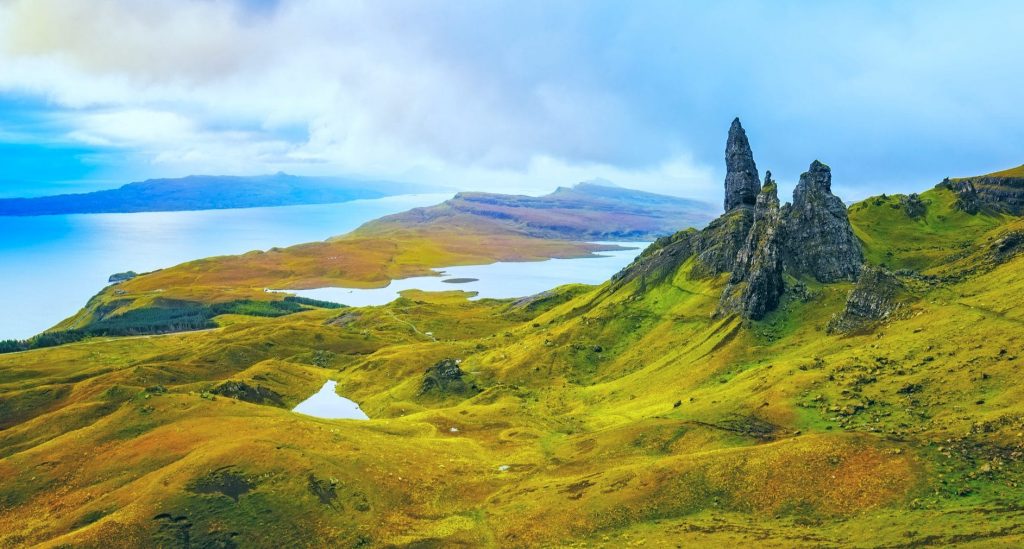Clann has the literal meaning of “children” but also the generic meaning of a Gaelic kindred group, with a common surname and common ancestor, stemming principally from the highlands and western isles.

Several misconceptions have arisen in recent years. As interest in Scotland grows, so does romance. There is much genuine romance about Scotland, especially surrounding the clans. The last major flourish was at the height of the Victorian era. Today, again, there is a yearning to be seen as part of a clan. But the reality, as distinct from fiction, is that there are, and always were, more names, name-groups and families than clans. Not all Scottish names, however distinguished, are clan names. The Bruces, for example, one of the most resonant names in Scottish history, are a family not a clan.
A chief is the recognised head of a clan or of a family, being in right of the undifferenced arms of the name as recorded by the Lord Lyon King of Arms. In cases where a clan or family has no recognised chief, the term “armigerous clan” has sometimes been adopted or, rather, created. This is mistaken. Since a clan is not a legal corporate body to whom Arms can be granted, a clan cannot itself be described as “armigerous”.
The growing assumption that every person recognized as a chief means that they must have a clan, though neat, is a false friend. A chief can as well be head of a family – highland, lowland (north or south) or borders – as head of a clan. And to deny that there is as much pride in bearing the name of a distinct family, or House, as of a clan is misplaced. The now fashionable pursuit of trying to turn any Scottish name into a clan risks devaluing all. It undermines and fails to respect the distinctions that run through Scottish history; and in the end, seeks to replace that history through “clan creation”. False history: false romance. Much of this may be driven by commercial considerations; though not all. To use the famous caveat, itself from the world of commerce: Beware Imitation.
We have plenty to be proud of. In celebrating that, there is always room for innovation. There is no need for invention.
CLANS, FAMILIES AND SOCIETIES
Sometimes confusion has arisen over the difference between clans and clan societies, especially in cases where a specific clan or family has no recognised chief. There need be no confusion. A society or association is not itself a clan. It serves as a means by which the historical clan or family can express its identity and kinship in the changed conditions of modern life, long after the original kindred have dispersed from their ancestral lands.
Societies and associations will normally have a Council, headed by Chairman or, as is often overseas, President. A chief can occupy that position. But the office does not turn a President into a chief.
Membership of a clan or family – in any of its spellings and including recognised septs or branches – is by birth, marriage or descent. There is no election or formal admission procedure. The exception is if the chief chooses to admit someone, just as happened in history, who does not otherwise come under those criteria.
Membership of societies and associations, however, will be determined according to procedures that they have established, and apply, ideally in consultation with the chief. Membership will extend, naturally, to those bearing or descended from the name; but, in many cases, also to those connected in other ways. Each will have their own criteria, subject to their own Constitution.
Differentiation is not separation. A society is not a clan or family; but if it seeks to set itself apart it risks being a false construct. Its purpose, like that of the chief, is to unify all those of the name and those adhering to it. It should act to help bring together those who have pride in the name – and in step with the chief of that name.